Archives
- 2025-10
- 2025-09
- 2025-04
- 2025-03
- 2025-02
- 2025-01
- 2024-12
- 2024-11
- 2024-10
- 2024-09
- 2024-08
- 2024-07
- 2024-06
- 2024-05
- 2024-04
- 2024-03
- 2024-02
- 2024-01
- 2023-12
- 2023-11
- 2023-10
- 2023-09
- 2023-08
- 2023-07
- 2023-06
- 2023-05
- 2023-04
- 2023-03
- 2023-02
- 2023-01
- 2022-12
- 2022-11
- 2022-10
- 2022-09
- 2022-08
- 2022-07
- 2022-06
- 2022-05
- 2022-04
- 2022-03
- 2022-02
- 2022-01
- 2021-12
- 2021-11
- 2021-10
- 2021-09
- 2021-08
- 2021-07
- 2021-06
- 2021-05
- 2021-04
- 2021-03
- 2021-02
- 2021-01
- 2020-12
- 2020-11
- 2020-10
- 2020-09
- 2020-08
- 2020-07
- 2020-06
- 2020-05
- 2020-04
- 2020-03
- 2020-02
- 2020-01
- 2019-12
- 2019-11
- 2019-10
- 2019-09
- 2019-08
- 2019-07
- 2019-06
- 2019-05
- 2019-04
- 2018-07
-
Protease Inhibitor Cocktail EDTA-Free: Safeguarding Prote...
2025-09-30
The Protease Inhibitor Cocktail (EDTA-Free, 100X in DMSO) delivers broad-spectrum, phosphorylation-compatible protein protection in extraction and signaling studies. Its unique EDTA-free composition empowers sensitive applications like kinase assays and post-transcriptional regulation research. Discover how this cocktail elevates the precision and reproducibility of your experimental outcomes.
-
Amorolfine Hydrochloride: Unlocking Antifungal Pathways i...
2025-09-29
Explore how Amorolfine Hydrochloride, a potent antifungal reagent, advances the study of fungal cell membrane disruption and ploidy-induced stress in research. This article uniquely integrates membrane integrity pathways, polyploidy limits, and resistance mechanisms, offering new insights for antifungal studies.
-
DAPI (hydrochloride): Enabling Quantitative DNA Imaging i...
2025-09-28
Explore how DAPI (hydrochloride), a fluorescent DNA-specific probe, empowers precise and quantitative DNA visualization in advanced organoid research. This in-depth guide reveals innovative methodologies, mechanistic insights, and new directions for cell cycle and differentiation analysis using DAPI hydrochloride.
-
ISRIB (trans-isomer): Unraveling ATF4-Driven Fibrosis and...
2025-09-27
Discover how ISRIB (trans-isomer), a potent integrated stress response inhibitor, is revolutionizing the study of ATF4-regulated fibrogenic pathways and neurodegenerative models. This article uniquely explores ISRIB’s mechanistic role in targeting non-canonical enhancer programs and its translational research impact.
-
TNF-alpha Recombinant Murine Protein: Unraveling Cell Dea...
2025-09-26
Explore how TNF-alpha recombinant murine protein enables advanced research into apoptosis and inflammation. This article uniquely examines its role in dissecting cell death mechanisms beyond traditional transcriptional paradigms, linking cytokine signaling to mitochondrial apoptotic responses.
-
TMCB(CK2 and ERK8 Inhibitor): Molecular Mechanisms and Em...
2025-09-25
Explore the advanced biochemical applications of TMCB(CK2 and ERK8 inhibitor), a tetrabromo benzimidazole derivative, as a molecular tool for enzyme interaction and protein phase separation studies. This article unveils novel mechanistic insights and positions TMCB as an indispensable DMSO soluble biochemical compound for next-generation research.
-
5-Ethynyl-2'-deoxyuridine (5-EdU): Next-Generation Cell P...
2025-09-24
Discover how 5-Ethynyl-2'-deoxyuridine (5-EdU) revolutionizes click chemistry cell proliferation detection by enabling non-disruptive, high-sensitivity DNA synthesis labeling. This article uniquely explores mechanistic insights, translational applications, and emerging roles in stem cell development and male fertility research.
-
Advanced Applications of EZ Cap™ EGFP mRNA (5-moUTP) in I...
2025-09-23
Explore the advanced research uses of EZ Cap™ EGFP mRNA (5-moUTP), a capped mRNA with Cap 1 structure, emphasizing its role in immune modulation, mRNA stability, and in vivo imaging for gene expression studies.
-
Although plant Aurora kinases can be clearly grouped
2025-04-21
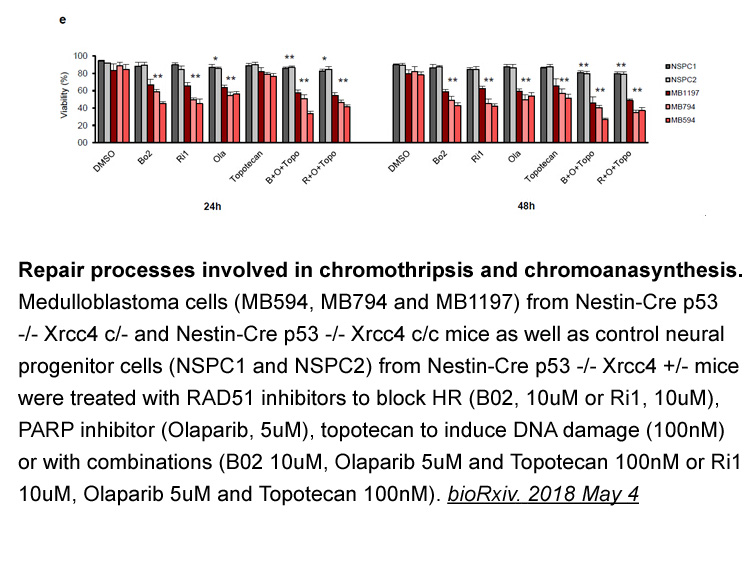
Although plant Aurora kinases can be clearly grouped into functional clades, the roles of the respective clades does not seem to be evolutionarily conserved. AtAurora 1 labels kinetochore microtubules [19], similarly to mammalian Aurora A, while its targeting to the cell plate resembles features of
-
Production of reactive oxygen species ROS during RSV infecti
2025-04-18
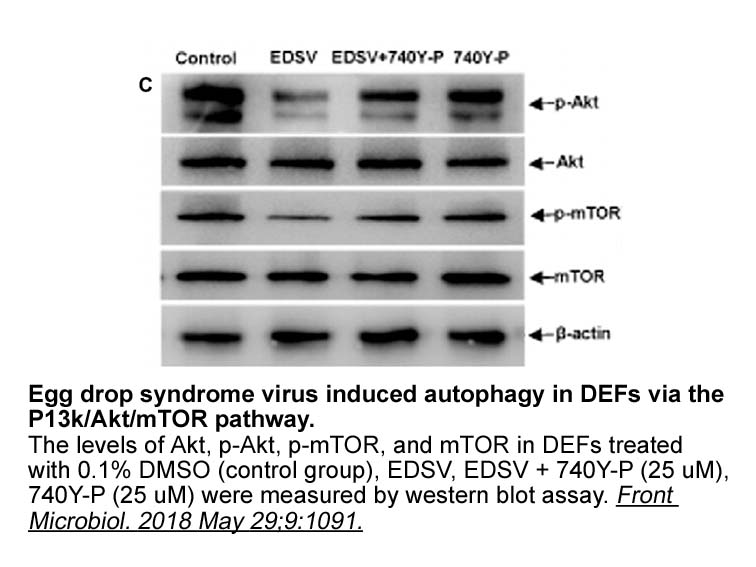
Production of reactive oxygen species (ROS) during RSV infection is one the important ways that neutrophils can injure the lungs [2], [24], [25]. Lipoxygenases are considered as an important source of producing ROS inside the 3X (DYKDDDDK) Peptide [26]. Several studies have indicated that the 12/15-
-
Many ruthenium complexes were tested
2025-04-18
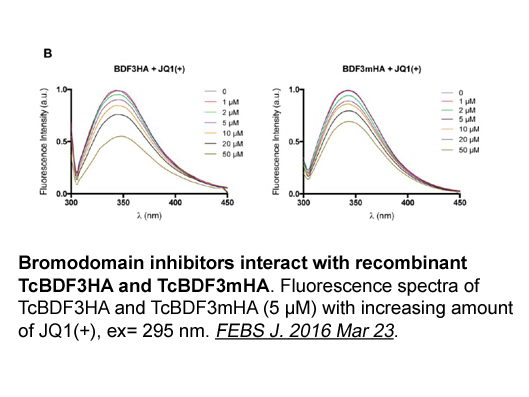
Many ruthenium complexes were tested as potential anticancer agents and two complexes, namely NAMI-A (trans-[imH] [RuCl4(dmso-S)(im)]; im, imidazole) and KP1019 (trans-[indH][RuCl4(ind)2]; ind, indazole) have successfully entered clinical trials [27], [28]. NAMI-A is selectively active against metas
-
Cell Counting Kit-8 (CCK-8) Two parallel branches of the DNA
2025-04-18

Two parallel branches of the DNA damage-dependent S-phase checkpoint are thought to co-operate by inhibiting distinct steps of DNA replication. One branch includes the phosphorylation of structural maintenance of chromosomes 1 (SMC1), a cohesin that is activated by ATM or ATR after IR treatment or r
-
There are however concerns of
2025-04-17
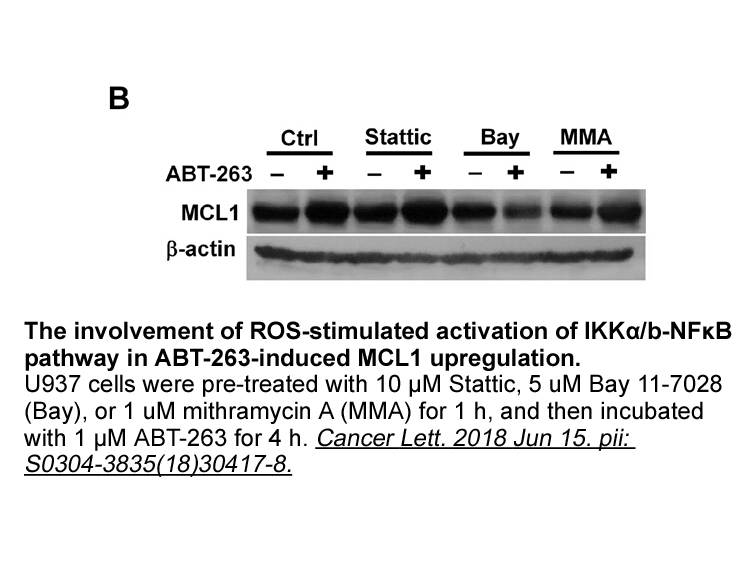
There are however, concerns of potential side-effects that should also be taken into account. Even though some studies pointed towards a potentially greater radiosensitising effect in p53-deficient tumours, ATM inhibition radiosensitises DYKDDDDK tag Peptide in general, which raises the concern of
-
Thus phosphorylation of p was used
2025-04-15
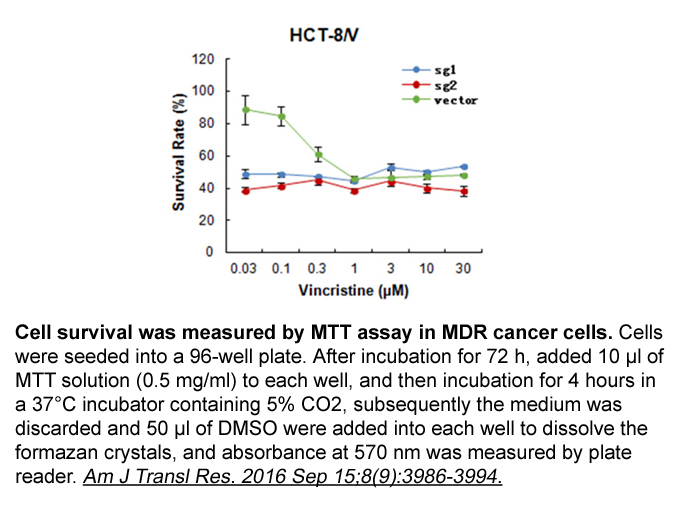
Thus, phosphorylation of p38 was used to measure the intracellular potency of ASK1 inhibitors. In this assay, HEK293/AP-1luc Firefly Luciferase mRNA (ARCA, 5-moUTP) expressing human full-length ASK1 were incubated with compound for 18 h and then lysed and the level of phospho-p38 was quantified usin
-
The following are the supplementary data related
2025-04-15
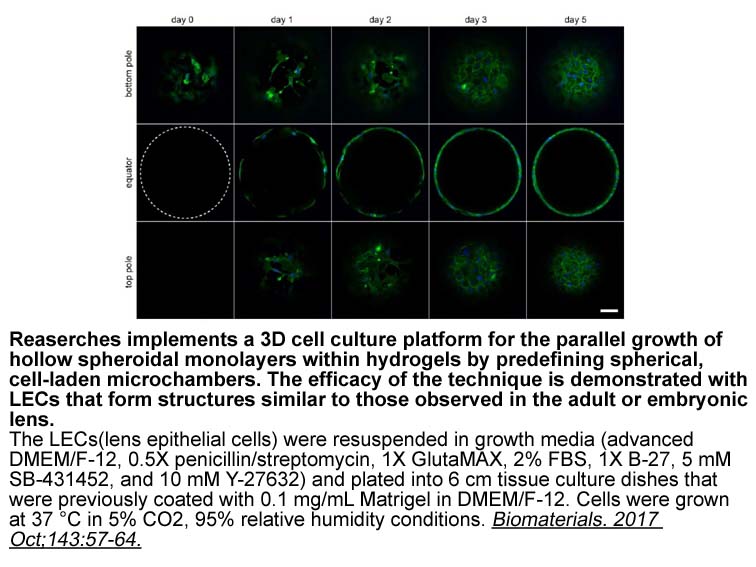
The following are the supplementary data related to this article. Competing interest Ethics approval and consent to participate Authors' contributions Acknowledgements The authors thank Dr. D. R. Kaplan for kind advice and materials derived from NB primary cell lines, Dr. F. D. Miller f